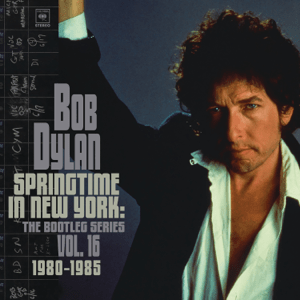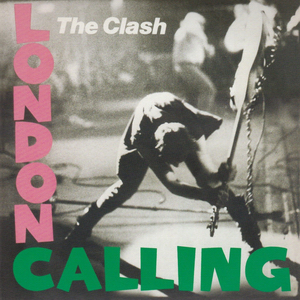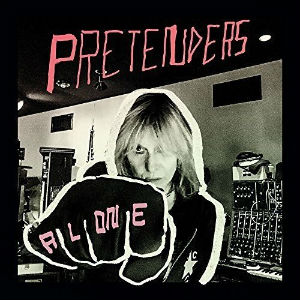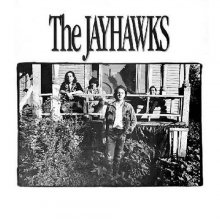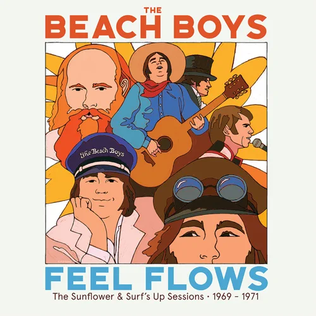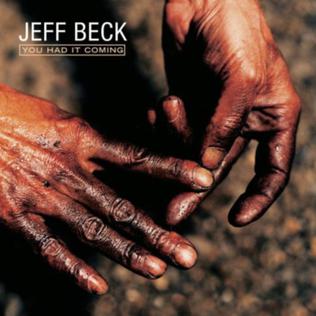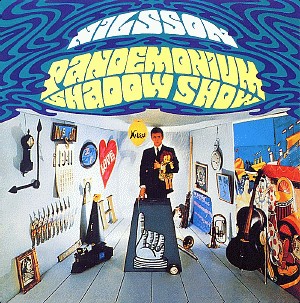Sheer Heart Attack finds Queen determined to leave their mark on the music scene, and loudly. But first: remember how the last album with “I Do Like To Be Beside The Seaside”? Well, that’s referenced in the atmospheric intro to “Brighton Rock”, which hides a tale of star-crossed lovers at the seashore in a frantic arrangement. Brian May takes a mostly unaccompanied solo that takes up about three minutes in the middle of the song, setting up a showcase for live appearances; we’re going to assume this is supposed to illustrate their romantic interlude before the twist ending. After all that volume and bombast, the campy “Killer Queen” is a surprise, but one that better signals the band’s sound going forward, with the prominent piano and flanged vocals and guitars. “Tenement Funster” is a dark little recording, wherein Roger Taylor boasts of his rock star coolness (tongue in cheek, thankfully) before an abrupt switch to “Flick Of The Wrist” returns Freddie Mercury to center stage for a portrait of an even more unsavory character. This too goes directly to the next song; here “Lily Of The Valley” appears to be another overwrought ballad in a prog suite, particularly with the reference to “seven seas” and the “king of Rhye”, but’s it’s more clever than that. “Now I’m Here”, with its dizzying time changes and chord changes, plus a reference to Chuck Berry’s “Little Queenie”, brings a fairly adventurous side one to a breathtaking close.
An impossible high note sung by Roger heralds “In The Lap Of The Gods”, which belies its bombastic intro and strangely processes Freddie’s voice to a lower pitch, and frankly, doesn’t go anywhere, limping to a close. A speed-metal template save the harmonies, “Stone Cold Crazy” barrels past in just over two minutes, with two guitar parts chasing each other over the bridge. “Dear Friends” another left turn, and another piano and voice interlude. John Deacon’s acoustic strumming on “Misfire” makes the song sound like any number of Doobie Brothers tunes from the period, but the same cannot be said about “Bring Back That Leroy Brown”, which shares a title and the traits of Jim Croce’s character, but this is a vaudeville sendup with incredible bass work from Deacon and Brian on ukulele. The echoed acoustics and vocals on “She Makes Me” doesn’t quite match the “Stormtrooper In Stilettos” subtitle, though the police sirens and heavy breathing over the end are tough to miss. Finally, “In The Lap Of The Gods… Revisited” merely presents a wholly different song to the one heard at the top of the side, and one more likely to cause audiences to sway and sing along, at least until the explosion at the very end.
There’s a lot going on throughout Sheer Heart Attack, and we suspect its charms truly emerge with time. At any rate, the inclusion of “Killer Queen”, “Now I’m Here”, and “Stone Cold Crazy” alone launch it above the line. (The 1991 expansion of the album added only a modern remix of “Stone Cold Crazy”; this was ignored two decades later, which offered a live “Now I’m Here” from 1975, two tracks from a contemporary BBC session, a fun a cappella mix of “Leroy Brown” that incorporates other instruments only where there are no vocals, and “Gods Revisited” from the 1986 Wembley show.)
Queen Sheer Heart Attack (1974)—3
1991 Hollywood reissue: same as 1974, plus 1 extra track
2011 remaster: same as 1974, plus 5 extra tracks

